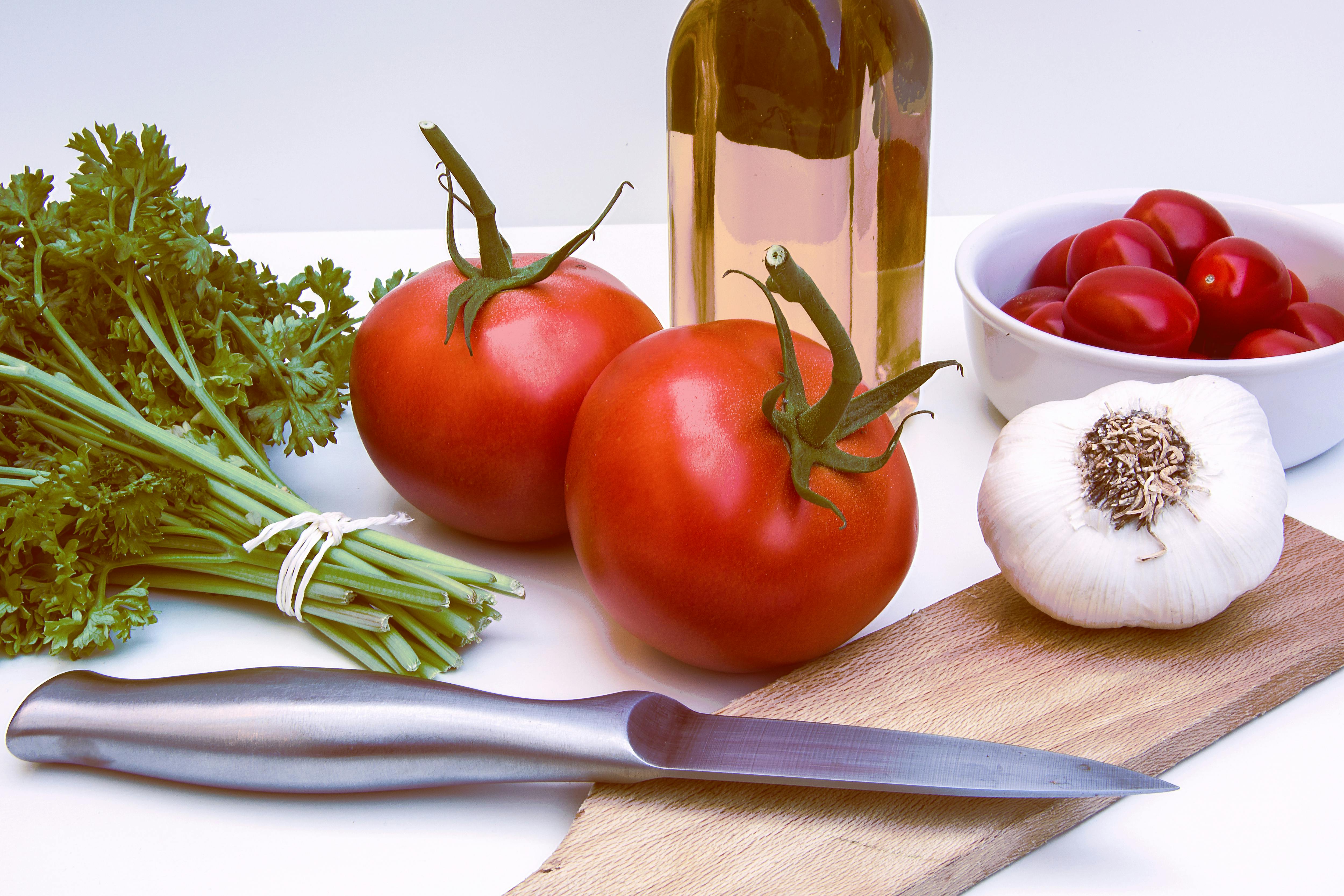

The widespread use of supplemental lighting to optimise growing conditions is a key tool at our disposal. The cultivation of greenhouse crops under optimised conditions will become increasingly important, with the need for year-round crop harvesting under changing environmental conditions as a driving factor. Rubisco limited carboxylation rate W j,Įlectron transport rate limited carboxylation rate Maximum obtainable carboxylation rate W c,

Mitochondrial respiration which includes CO 2 release in light other than photo-respiration RH, Steady-state electron transport rate K c, Total stomatal conductance to CO 2 diffusion I, Steady-state total stomatal conductance to CO 2 diffusion g m, Net photosynthetic rate c a,Īmbient CO 2 concentration c c,ĬO 2 concentration in the chloroplast stroma c i,ĬO 2 concentration inside a leaf d, 17173) was funded by the Netherlands Organisation for Scientific Research (NWO), with contributions by Signify, Glastuinbouw Nederland, Ridder Growing Solutions, and Adviesbureau JFH Snel.Ĭompeting interests: The authors have declared that no competing interests exist. This is an open access article distributed under the terms of the Creative Commons Attribution License, which permits unrestricted use, distribution, and reproduction in any medium, provided the original author and source are credited.ĭata Availability: All relevant data files are available from the Kaggle database ( ).įunding: This project (No. Received: SeptemAccepted: MaPublished: March 16, 2023Ĭopyright: © 2023 Joubert et al. PLoS ONE 18(3):Ĭentral Research Institute for Dryland Agriculture, INDIA Finally, we are able to indicate whether dynamic photosynthesis is Rubisco or electron transport rate limited.Ĭitation: Joubert D, Zhang N, Berman S, Kaiser E, Molenaar J, Stigter J (2023) A small dynamic leaf-level model predicting photosynthesis in greenhouse tomatoes. Furthermore, predictions of the net photosynthetic rate under both 400ppm and enriched 800ppm ambient CO 2 concentrations indicate a strong correlation between the dynamic rate of photosynthesis and the rate of electron transport. It contains elements of the Farquhar-von Caemmerer-Berry model and the successful incorporation of this model suggests that for tomato ( Solanum lycopersicum L.), it is sufficient to assume that Rubisco remains activated despite rapid fluctuations in irradiance. It comprises two ordinary differential equations predicting: 1) the total stomatal conductance to CO 2 diffusion and 2) the CO 2 concentration inside a leaf. It accurately predicts net leaf photosynthesis under natural fluctuating light.

Here, a simple fit-for-purpose dynamic model is presented. This can be achieved by implementing “smart” lighting regimens which in turn rely on a good understanding of how fluctuating light influences photosynthetic physiology. Recent trends in global energy prices and discussions on climate change highlight the need to reduce our energy footprint associated with the use of supplemental light in greenhouse crop production. The conversion of supplemental greenhouse light energy into biomass is not always optimal.


 0 kommentar(er)
0 kommentar(er)
